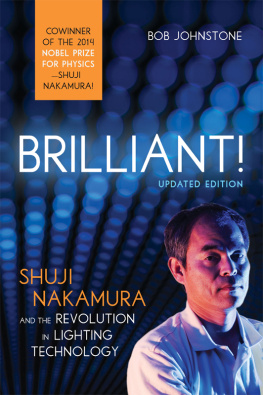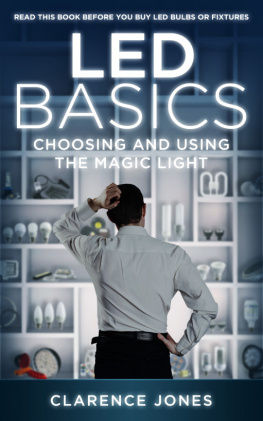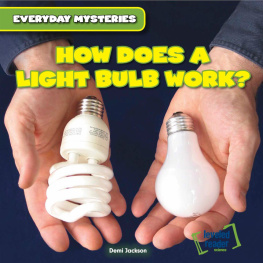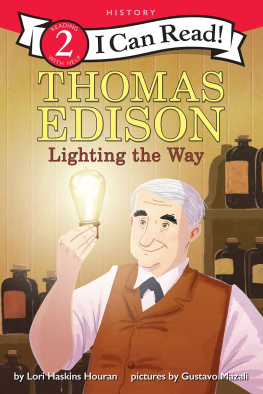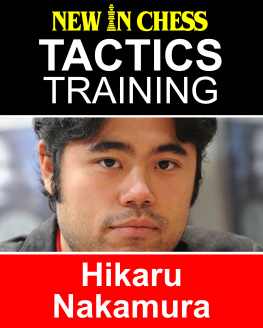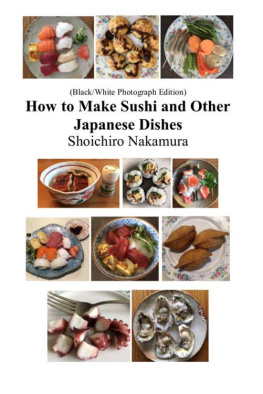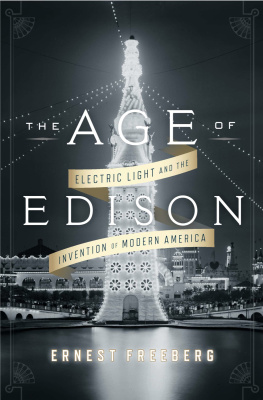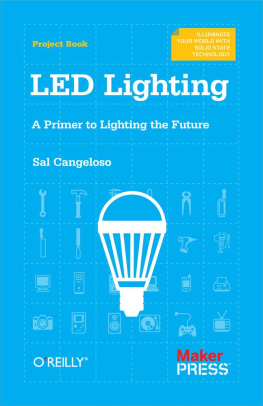
There are two great pleasures in putting together a book such as this. One is the writing of the thing. The other is the opportunity to travel around the world and meet some truly exceptional individuals. Prime among them is, of course, Shuji Nakamura himself. I want to begin by thanking Shuji for agreeing to cooperate with this project, for his willingness to submit to my interviews and questions, both in person and via e-mail.
Shuji's colleague at UCSB Steve DenBaars was kind enough to write a letter in support of my proposal, as were Kevin Dowling, strategy and technology supremo at Color Kinetics, and Jo Ann McDonald, esteemed editor of Compound Semiconductors Online. Both Kevin and Jo Ann provided support in other ways, too. In addition to her lavish hospitality at the Legacy Ranch, Jo Ann introduced me to two key resources, Bob Karlicek and Warren Weeks, both of whom were kind enough to guide me through the finer points of the black art of crystal growth.
In my work on the history and technology of LEDs, gallium nitride devices in particular, I count myself extraordinarily fortunate in having been able to draw upon the wealth of experience that, after almost forty years in the field, Herb Maruska has accumulated. In addition to giving me personal tutorials on various aspects of light emitting devices, Herb also did me the honor of reading through first drafts of many of my chapters. Through the lonely months of writing, it was comforting to have such a good friend to rely on. Needless to say, all errors are attributable to my insufficient understanding of the subject.
If Herb knows pretty much everything there is to be known about the technology of LEDs, Bob Steele knows pretty much everything about the markets for solid-state lighting. Bob was generosity itself, and I am most grateful to him for his time.
Another of Jo Ann's friends, Robert Walker, kindly served as my guide to recent LED-related developments in China and Taiwan. Portions of first appeared as an article in Forbes Asia, and I am grateful for permission to reproduce them here.
Tim Whitaker, editor of LEDs Magazine, and his counterpart at CompoundSemiconductor.net, Michael Hatcher, are doing a magnificent job in chronicling the solid-state revolution in lighting. I have drawn much from their coverage for which I am beholden to them.
Many thanks also to my agent, Mike Hamilburg, for his conviction that my proposal was worthwhile, and for his perseverance in finding a home for it.
In addition, to Jesi Vasquez, administrative assistant extraordinaire in the Materials Department at UCSB, for being simultaneously so efficient and such a delight to deal with.
Thanks also to Joe Gramlich, for his thorough and meticulous copyediting.
Above all, I want to thank my mentor and friend Victor McElheny. Over many years Vic has provided unstinting advice, support, and encouragement, in this and my previous projects. I dedicate this book to him, with my deepest gratitude.
Melbourne, June 30, 2006

Light emitting diodes. [Courtesy of Light Up the World]

Shuji Nakamura [left] and Nobuo Ogawa [right] at Nichia, May 1995. [Courtesy of Bob Johnstone]

Herb Maruska at Stanford University in 1972, wondering whether blue LEDs will ever make him rich. [Courtesy of Herb Maruska]
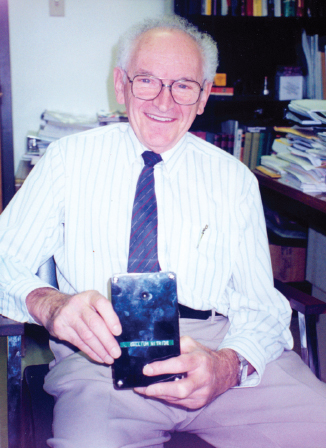
Jacques Pankove at the University of Colorado at Boulder, September 1994. [Courtesy of Bob Johnstone]
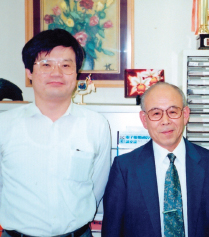
Hiroshi Amano [left] and Isamu Akasaki [right] at Meijo University, May 1995. [Courtesy of Bob Johnstone]
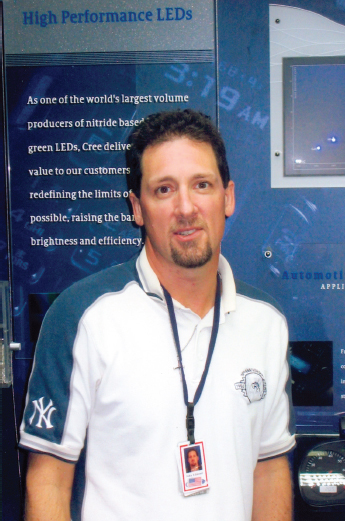
John Edmond at Cree, October 2005. [Courtesy of Bob Johnstone]

Shuji Nakamura at the University of California at Santa Barbara, October 2005. [Courtesy of Bob Johnstone]
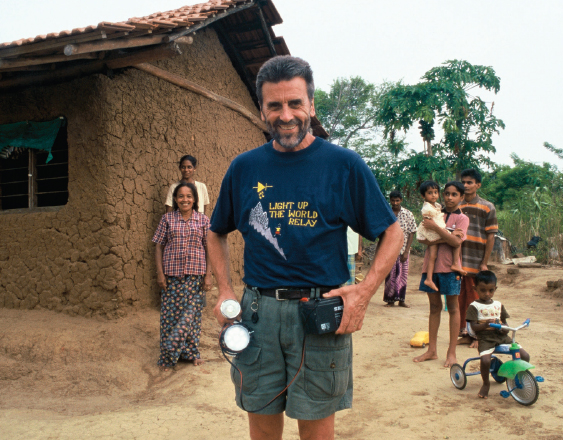
Dave Irvine-Halliday with LED lamps in Sri Lanka. [Courtesy of Light Up the World]

Kerosene bottle lamps. They look like Molotov cocktails. [Courtesy of Light Up the World]
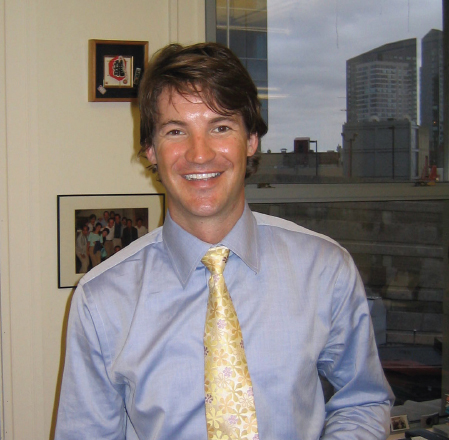
George Mueller at Color Kinetics in Boston, March 2005. [Courtesy of Bob Johnstone]
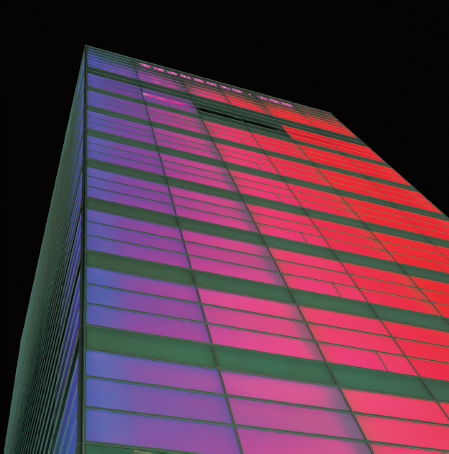
Takarazuka School of Art, Osaka, Japan. Lighting design by James Turrell; LED lighting system by Color Kinetics. [Courtesy of Nacasa and Partners]
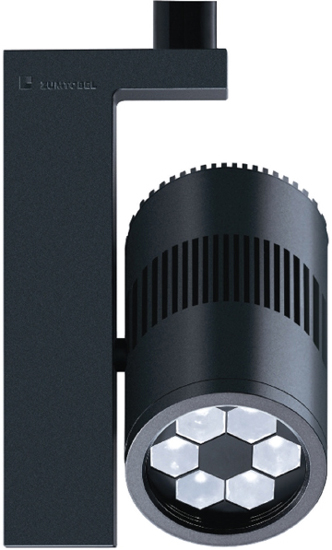
Lexel-driven Tempura spotlight. [Courtesy of Zumtobel]
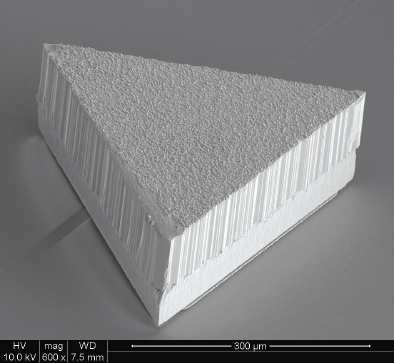
GaN-on-GaN: Soraa's unique triangular violet light emitting chip. [Courtesy of Soraa]

MR16 halogen replacement lamps. [Courtesy of Soraa]
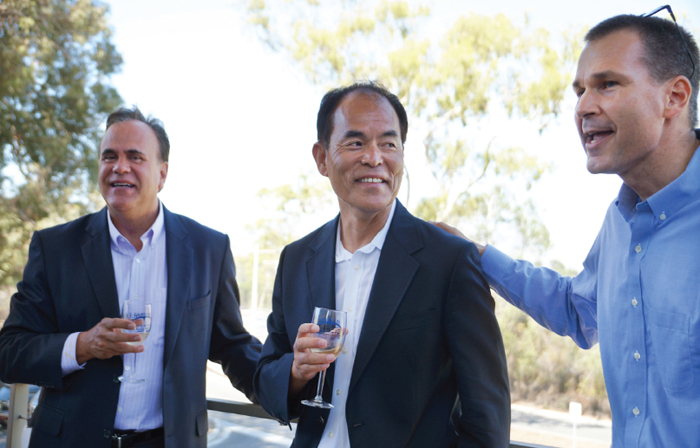
Shuji Nakamura celebrates his Nobel win at UC Santa Barbara with colleagues Steve DenBaars [left] and Jim Speck [right]. [Courtesy of Sonia Fernandez/UCSB]

At 2:30 a.m. on the morning of Tuesday, October 7, 2014, just before the official announcement that he had won the Nobel Prize for Physics, Shuji Nakamura called to tell the news to his close friend, neighbor, and UC Santa Barbara colleague Steve DenBaars. You know what, DenBaars advised him, we should probably go to the university. Once word got out, the media would come pounding on Nakamura's front door, demanding comment. Shuji was reluctant to leave, reasoning that he lived in a gated community with a fence that would keep the hacks at bay. But DenBaars insisted, driving over to pick him up. He arrived in the nick of time. Just as Shuji emerged from his house, a pack of camera-toting Japanese journalists had scaled the fence and were running down the road toward them. So we drive to the university, and they're following the car like paparazzi, DenBaars recalled, laughing. I've never seen anything like it!
Next page
